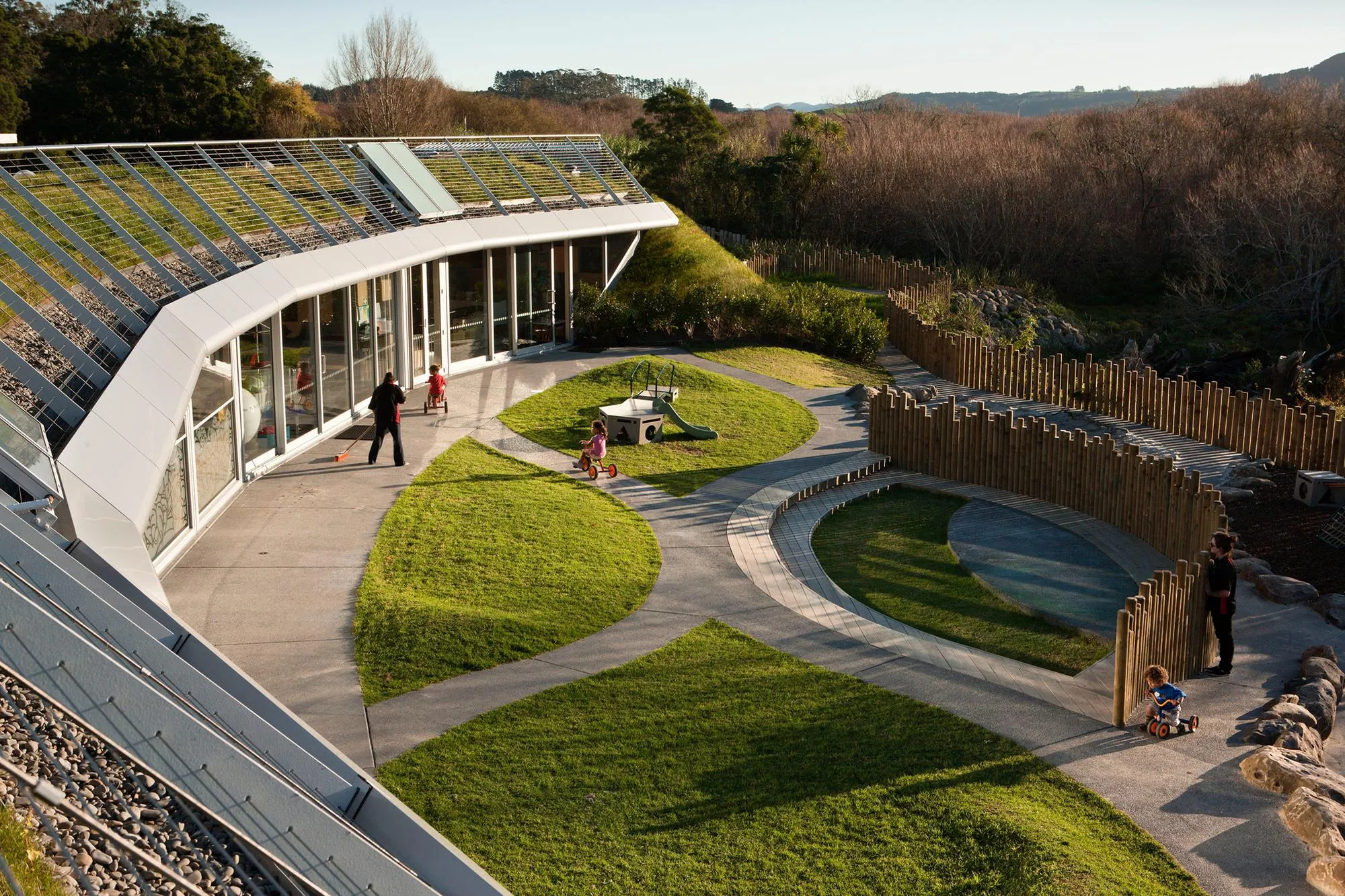Sustainable landscaping is not just about making your yard look beautiful; it’s about creating a landscape that conserves resources, supports local ecosystems, and reduces your environmental footprint. In Ontario, where weather patterns vary from hot summers to cold winters, eco-friendly landscaping practices are especially important for preserving the health of the environment while maintaining a vibrant, sustainable outdoor space. In this post, we’ll explore eco-friendly practices you can adopt in your Ontario yard, promoting sustainability, biodiversity, and long-term success.
Implementing sustainable landscaping practices in Ontario not only enhances the beauty of your yard but also contributes to environmental conservation. By incorporating native plants, efficient irrigation systems, and eco-friendly materials, homeowners can create landscapes that thrive in Ontario’s diverse climate while supporting local ecosystems. These practices reduce water usage, minimize chemical inputs, and promote biodiversity, leading to a healthier and more resilient outdoor space.
For residents seeking professional assistance with their landscaping needs, Landscaping in Richmond Hill offers expert services tailored to enhance the beauty and functionality of outdoor spaces.
Why Sustainable Landscaping Matters in Ontario
Ontario’s diverse landscapes, ranging from forests to wetlands and agricultural land, are home to a wide variety of plant and animal species. However, urbanization, pollution, and climate change have led to the degradation of local ecosystems. Sustainable landscaping practices can play an important role in preserving biodiversity, conserving water, reducing carbon footprints, and protecting soil quality.
By embracing these practices, you contribute to the health of the environment while enjoying a low-maintenance, eco-friendly landscape in your own yard. In Ontario’s varied climate, it’s especially important to choose techniques that work well in both the short growing season and the long, harsh winters.
Key Sustainable Landscaping Practices for Ontario Yards
- Choosing Native Plants
One of the most important steps in creating a sustainable garden is choosing native plants. Native plants are adapted to Ontario’s climate, soil, and wildlife, making them easier to maintain and less reliant on chemical fertilizers, pesticides, or excess watering. They provide habitat and food for local wildlife, including pollinators such as bees, butterflies, and birds, which are essential for maintaining biodiversity.
Common native plants for Ontario include:
- Canada Goldenrod (Solidago canadensis): A vibrant late-blooming plant that attracts pollinators like bees and butterflies.
- Black-eyed Susan (Rudbeckia hirta): A hardy perennial that thrives in Ontario’s soil and offers bright flowers for pollinators.
- Milkweed (Asclepias Syriaca): Crucial for monarch butterfly larvae and a great nectar source for various pollinators.
- Blue Lobelia (Lobelia siphilitica): A native wildflower that attracts hummingbirds and is ideal for moist soil conditions.
For a more sustainable approach, garden design & planting services can help you select the best native plants for your specific garden conditions.
- Water-Efficient Landscaping: Xeriscaping
Water conservation is a crucial component of sustainable landscaping, especially in regions where water resources are limited. Xeriscaping is a landscaping technique that uses drought-tolerant plants, efficient irrigation systems, and water-saving techniques to minimize water use. In Ontario, where water restrictions can be a concern during dry spells, xeriscaping is an excellent way to create a beautiful, water-efficient garden.
Some tips for xeriscaping include:
- Group plants with similar water needs: Design your landscape with water-efficient plants in one area and thirstier plants in another.
- Use mulch: Mulching helps retain soil moisture, reduces the need for watering, and prevents weed growth.
- Install drip irrigation: A drip irrigation system delivers water directly to the roots, minimizing water waste and evaporation.
Incorporating irrigation system installation & maintenance will ensure that your water-efficient system is working optimally while conserving resources.
- Composting Yard Waste
Rather than sending yard waste like grass clippings, leaves, and plant cuttings to the landfill, consider composting them to create nutrient-rich soil for your garden. Composting is an eco-friendly practice that reduces waste and provides a natural fertilizer for your plants. It also helps reduce your reliance on synthetic fertilizers, which can harm local ecosystems.
To get started, set up a composting bin or pile in a shady area of your yard. Add a mix of “greens” (such as kitchen scraps and green plant matter) and “browns” (such as dried leaves and straw) to create a balanced compost pile. Turn the pile regularly to ensure proper aeration and decomposition.
For larger yards, property clean-up & debris removal services can help you manage yard waste efficiently while helping to establish a composting routine.
- Creating a Pollinator Garden
Pollinators like bees, butterflies, and hummingbirds are vital to the health of our ecosystems, but they are increasingly threatened by habitat loss, pesticide use, and climate change. By creating a pollinator-friendly garden, you can help support these important species while making your garden more vibrant and colorful.
To create a pollinator-friendly garden:
- Plant a variety of nectar-rich flowers: Choose plants that bloom at different times to provide food sources for pollinators throughout the growing season.
- Avoid using pesticides: Pesticides can harm pollinators and other beneficial insects. Instead, opt for organic pest control methods.
- Provide water: Pollinators need water to drink and bathe. Consider adding a shallow birdbath or water dish to your garden.
By including eco-friendly pest control methods, you can create a garden that is both pollinator-friendly and sustainable.
- Sustainable Lawn Care Practices
Traditional lawn care often involves excessive use of water, synthetic fertilizers, and pesticides, which can harm the environment. Sustainable lawn care focuses on minimizing resource use while maintaining a healthy lawn. Here are some eco-friendly lawn care practices to consider:
- Mow less frequently: Let your grass grow a little taller to encourage deeper root systems and reduce the need for frequent watering.
- Fertilize naturally: Use organic fertilizers or compost to enrich your soil without relying on synthetic chemicals.
- Aerate your lawn: Lawn aeration improves soil structure, reduces compaction, and helps water and nutrients reach the roots more efficiently.
Consider scheduling lawn aeration & dethatching services to help improve your lawn’s health while reducing the environmental impact of traditional lawn care methods.
- Using Sustainable Materials
In addition to choosing eco-friendly plants and water-efficient practices, sustainable landscaping also includes using materials that are environmentally responsible. Opt for materials like:
- Recycled materials: Use recycled stone, brick, or concrete for hardscaping features like pathways, retaining walls, and patios.
- Locally sourced materials: Choose locally sourced plants, mulch, and soil to reduce transportation emissions and support local businesses.
- Permeable paving: Consider permeable paving options for driveways and walkways to allow water to seep into the ground, reducing runoff.
For professional guidance in selecting sustainable materials, consider landscaping consultation services to help you design a landscape that uses environmentally friendly materials.
Conclusion
Sustainable landscaping is about making thoughtful choices that benefit the environment, conserve resources, and create a beautiful and functional outdoor space. By incorporating native plants, xeriscaping, composting, and creating pollinator-friendly gardens, you can reduce your ecological footprint while enjoying a vibrant, low-maintenance yard. Whether you’re interested in improving water efficiency or supporting local wildlife, adopting these eco-friendly practices will help create a greener and more sustainable landscape for your Ontario yard.





